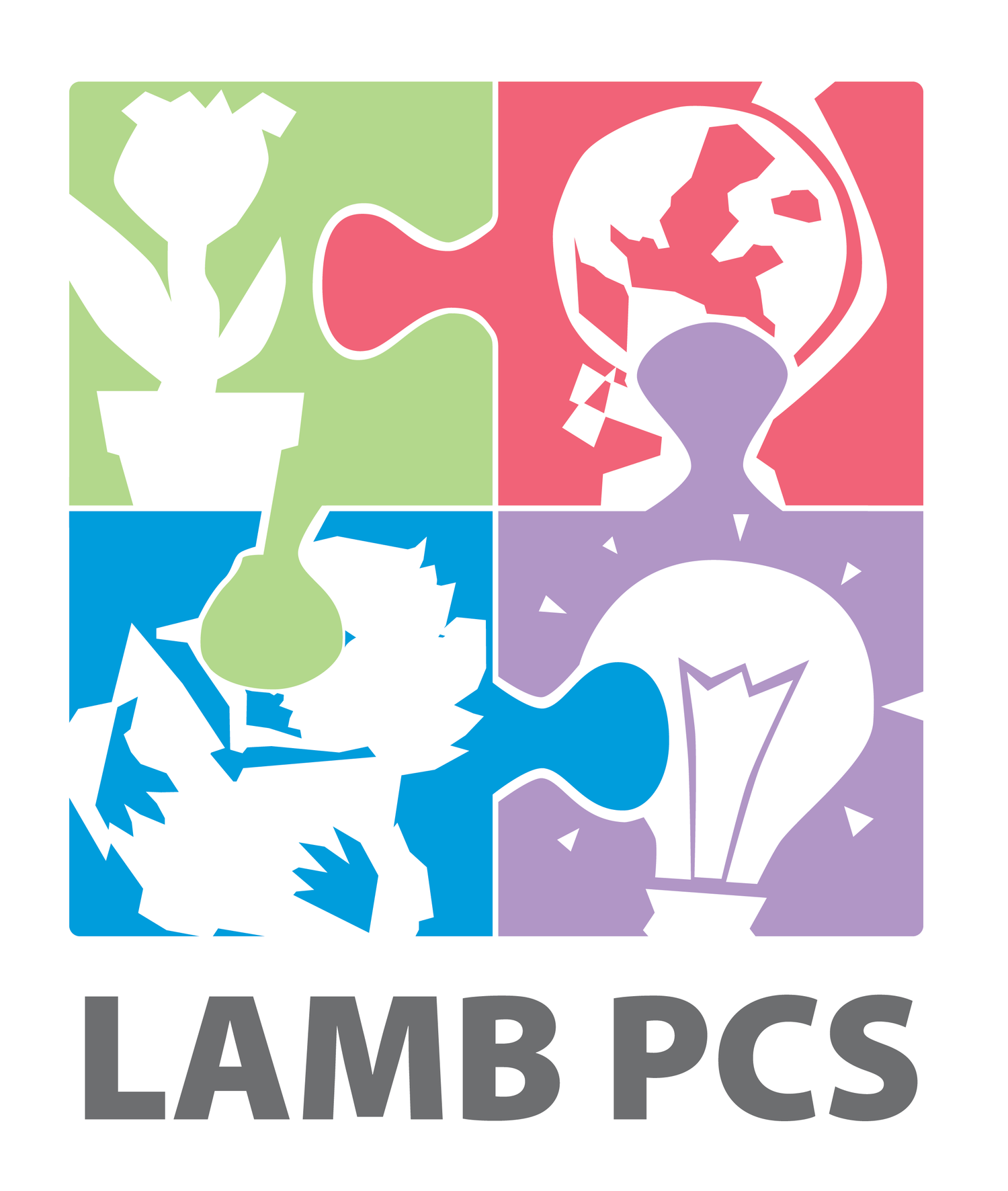
“The secret of good teaching is to regard the child’s intelligence as a fertile field in which seeds may be sown, to grow under the heat of flaming imagination.”
LAMB uses the Montessori Cosmic Curriculum, an interconnected series of lessons that lays a broad foundation of learning. The curriculum exposes children to history, geography, anthropology, biology, chemistry, physics, astronomy, botany, and ecology through a series of integrated lessons we call Great Lessons.
LAMB’s Montessori curriculum is aligned with the Common Core State Standards, which the District of Columbia adopted in 2010. This means that after their experience at LAMB, your child will be well-prepared to enter any other school that follows these standards.
Montessori education is unique. It is designed to meet children’s needs at each of their stages of development and to accommodate each child’s learning preferences and pace. It was developed in the early 20th century in Italy by a physician and educator named Dr. Maria Montessori. Dr. Montessori made several significant observations about children. She observed that they tend to reach certain developmental milestones around the same age. She realized that they have different learning needs as they experience each stage of development. She also recognized that individual children learn in different ways and at their own pace. Dr. Montessori designed a curriculum based on her observations. The curriculum has six core principles. It says that children:
Want to learn
Want to be independent
Learn through play and work
Have “absorbent” minds
Pass through “sensitive” periods
Pass through stages of development
Essentially, these six principles form an approach in which children are seen as eager, active learners whose needs and preferences vary. Let’s talk in more detail about a few of these principles.
-
As a sponge easily absorbs water, a child’s mind easily absorbs their environment. Children absorb the language, customs, beliefs, norms, and values of their families and communities. Until we are around six years old, our brains absorb a huge amount of information and experiences very quickly. Around six years of age, our minds go through a transition where we start to use more reasoning skills.
The Montessori curriculum takes full advantage of this amazing ability to absorb. We create a rich environment for kids to absorb from. We create physical spaces for math, language, practical life, among others which children can explore on their own with guidance from their teachers.
-
A Montessori education teaches students how to guide themselves so that they become confident in their own abilities and wisdom. We create an environment where students have “freedom within limits.” This means that students are able to choose what they focus on learning, with guidance from their teachers. They can also move around the classroom freely.
Rather than "teaching" a child concepts by describing them, we create an environment that stimulates the child's interest. It’s a carefully prepared environment that facilitates their capacity for learning. This environment fosters discovery and free interactions.
Many of the classroom materials that students use are interactive objects they can build, take apart, combine, and explore. These materials are related to each other and progress from simple to complex. They allow students to learn at their own pace and satisfy their natural curiosity. They also help them transition from concrete learning to critical thinking and understanding concepts. Materials are displayed clearly and within the students’ reach so each child can pick the materials he/she wants to work with.
-
During early childhood, children often temporarily focus their interest on developing a specific skill. Dr. Montessori called these times “sensitive periods.” These periods happen differently for each child. Montessori teachers are trained to recognize when a child is in a sensitive period. They guide the child to activities that are connected to their interest at that time.
Teachers at LAMB follow the core Montessori principles. They have been trained to “follow the child,” meaning they observe each child and let their pace, interests, and needs direct their learning.
-
Grouping children of a range of ages together is a core part of the Montessori approach and Montessori teachers have used it for over 100 years. There are many wonderful benefits to the multi-age classroom:
• Children learn from one another by observing and interacting;
• Young children learn higher-level cognitive and social skills not only through mental development but by observing others as models;
• Children develop their social skills and a sense of community;
• Children work at their own individual levels, which may vary depending on the topic. Groups are flexible and often differ depending on interest, subject matter, and/or ability, and therefore include children of various ages;
• Children who are given the freedom to interact with children of different ages build a sense of self and a sense of confidence. We believe this foundation will help them try new things and be brave.






